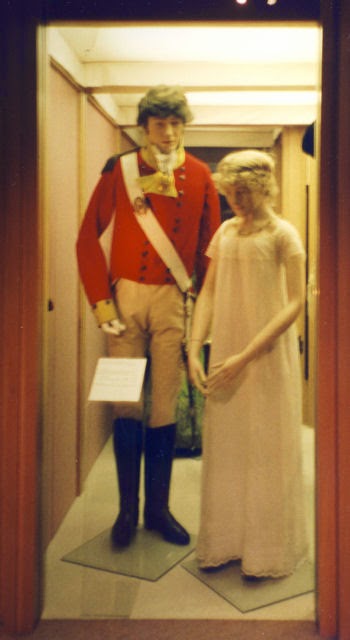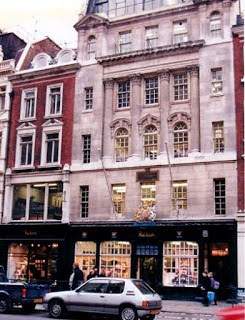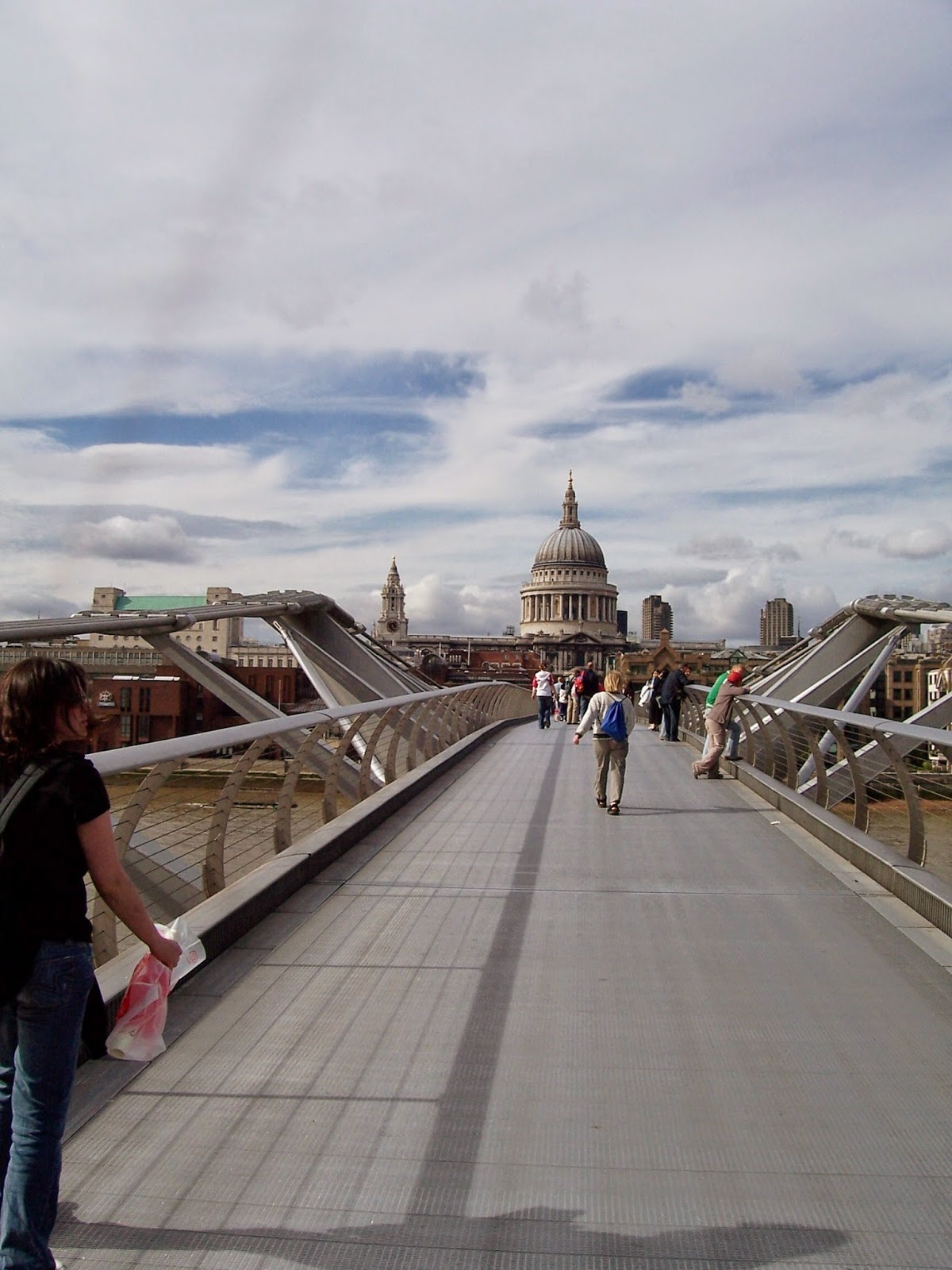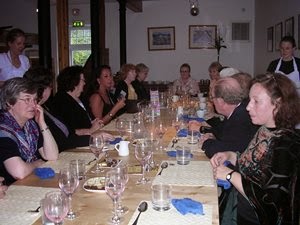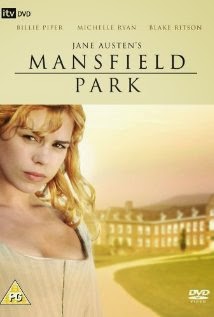Author: Kristine Hughes
VIDEO WEDNESDAY – THE ARISTOCRACY
Letting in the Hoi Polloi: 1945-1970
Part One
THE WELLINGTON TOUR – MEMORY LANE
ACKERMANN'S REPOSITORY FASHION INDEX
by Guest Blogger Jennifer Jermantowicz
Visit her website here.
With the advent of the internet, it’s much easier to track down unusual resources. Many organizations and libraries are scanning copyright free works, and placing them online. One of the best places to find these documents is the Internet Archive ( http://archive.org ), a non-profit digital library of cultural artifacts.
I am delighted to share this resource from my blog ( http://pasaii.com/where-to-download-ackermanns-repository/ ) with the readers of Number One London. I hope that it helps many more writers and passionate researchers of this amazing period of British history.
Ackermann’s Repository at Archive.org
THANK YOU, JENNIFER!
2014: 200 years for Jane Austen's Mansfield Park
This year we are celebrating the bicentennial of Mansfield Park, Jane Austen’s third published novel — but the first she wrote completely in her maturity. Both of her previous published works, Sense and Sensibility, and Pride and Prejudice were revised versions of works she had written before she was 25.
Mansfield Park might be the least beloved of the Austen novels, primarily because the heroine Fanny Price, is difficult to adore like we adore Elizabeth Bennett or admire, as we do Elinor Dashwood. Fanny is repeatedly described as weak and meek.
Only, it seems in the presence of Edmund Bertram, her cousin, does she express her opinions. But her moral certitude is seen by many readers as over the top. She seems a prude, yet she assesses character clearly. She allows herself to be bossed around by Mrs. Norris, yet she stands up to Sir Thomas when he tries to convince her to marry Henry Crawford.
Mary Crawford is a much more attractive character, lively and independent. But perhaps too much so. Mary’s views of society and morality are selfish, narrow and downright ignorant- as are many of the other leading characters: Sir Thomas, Lady Bertram, Tom, Maria, and especially Henry.
Yet Fanny is the only character who actually achieves what she wants…with the possible exception of her brother, William. I am not sure exactly where or how I got this idea, but the more I think about it, the more it seems valid. What do you think? Is Fanny the sweet child who confirms in almost all ways, and receives her greatest desire, the love of Edmund ? Or is she silently and covertly manipulating the situation until she has him hooked, a sort of passive-aggressive witch?
The 1999 film, the work of director Patricia Rozema, is frankly just not Mansfield Park at all. Fanny morphs into a young Jane Austen, writing some of her letters and early works. It was filmed at Kirby Hall, an interesting partial ruin of a house, which was the only good part of it, at first glance.
After my first viewing, I read more about Rozema’s vision for the film and when I watched it again, I could see some of her points, including her points on the evils of slavery. But it wasn’t — and isn’t Mansfield Park by Jane Austen.
When the 2007 television version starring Billie Piper was screened, I was appalled. And I haven’t given it a second try. Piper may be popular and an excellent actress — but the part was not Fanny Price at all. If some of you loved it, please tell me why — I might even give it another try! or not.
While I was playing around with my unhappy ideas about these adaptations, I came across a blog from Barnes and Noble that ranks the leading men in Austen’s novels. To inject a note of fun in this post, take a look and click here.
Anyway, the best thing to do is READ the novel. Enjoy it on several levels: the beauty of the prose, the excellent delineation of character, the subtlety of the references to current events in that moment of history, and much much more
.
A very worthy blog can be found here. Sarah Emsley teaches at Harvard and concentrates her activities on Jane Austen and Edith Wharton. She and her many guest bloggers will discuss many fascinating aspects of this 200-year-old novel that still excites readers and scholars today. Sarah Emsley has a slew of cover pictures on her Pinterest page as well.







.jpg)



.jpg)


.jpg)
